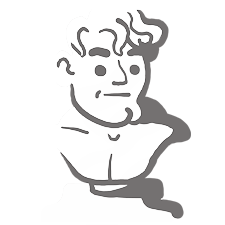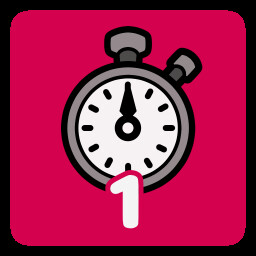Εγκατάσταση Steam
Σύνδεση
|
Γλώσσα
简体中文 (Απλοποιημένα κινεζικά)
繁體中文 (Παραδοσιακά κινεζικά)
日本語 (Ιαπωνικά)
한국어 (Κορεατικά)
ไทย (Ταϊλανδικά)
Български (Βουλγαρικά)
Čeština (Τσεχικά)
Dansk (Δανικά)
Deutsch (Γερμανικά)
English (Αγγλικά)
Español – España (Ισπανικά – Ισπανία)
Español – Latinoamérica (Ισπανικά – Λατινική Αμερική)
Français (Γαλλικά)
Italiano (Ιταλικά)
Bahasa Indonesia (Ινδονησιακά)
Magyar (Ουγγρικά)
Nederlands (Ολλανδικά)
Norsk (Νορβηγικά)
Polski (Πολωνικά)
Português (Πορτογαλικά – Πορτογαλία)
Português – Brasil (Πορτογαλικά – Βραζιλία)
Română (Ρουμανικά)
Русский (Ρωσικά)
Suomi (Φινλανδικά)
Svenska (Σουηδικά)
Türkçe (Τουρκικά)
Tiếng Việt (Βιετναμικά)
Українська (Ουκρανικά)
Αναφορά προβλήματος μετάφρασης



 Sao Paulo, Brazil
Sao Paulo, Brazil 



























If you already know why, safely skip this part and go right to the next one.
When we study programming we learn that there are two numeric types — the integer one, mostly used for counting and the floating point one, like float, intended for measuring. Integers don’t have a decimal part, so when you need whole numbers, like the number of cows, you use integers. If you need a decimal part, like a cow’s tail length, you use floats. So far so good.
Things get tricky when you get to money. Since you count money and not measure it, theoretically you should use integers. But then you have those pesky currencies with decimals, like dollars, euros and pounds. And an inexperienced programmer switches to floats since it seems natural to him. Unfortunately floats are not exact in some circumstances.